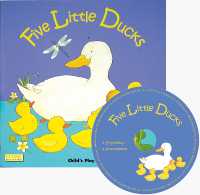- ホーム
- > 洋書
- > 英文書
- > History / World
Full Description
This book explores one of the central questions among many disciplines: how communities are formed. It investigates this question through the perspectives of scholar-artist communities in Northern Song China. You will learn how some of the then popular ephemeral artistic practices, such as whisking tea, burning aromatic substances, and playing and listening to qin music, were performed. Through these practices related sensory experiences were generated. The formation process of communities invovled many other aspects such as the interplay among people, materials, ephemeral arts, and sensory experiences, which is hard to identify in pure textual sources.
Contents
Acknowledgements
List of maps, figures, and tables
Abbreviations
Chronology, dating, protagonists, and conventions
Introduction
1 Cultures of tea, fragrance, and qin music today
2 Key terms, main arguments, and approaches
3 Community formation and scholar-artists
4 Community formation involving people, materials, experiences, and ephemeral practices
1 Cultural construct
1 Relationship between tea, fragrance, and music
2 Tea
3 Fragrances and aromatic substances
4 Music from the qin and the prosody
2 Economic construct
1 Tea and utensils
2 Aromatic substances
3 Qin
4 Transportation
3 Artistic construct
1 Literati gatherings as constructed in paintings
2 Forming their own visual language
3 Tea in literary works
4 Aromatic substances in literary works
5 Qin in literary works
Conclusion
1 Summary
2 The formation of scholar-artist communities
3 Methodological reflections on the history of art
4 Impact on contemporary issues
Bibliography
Appendix 1: Tea utensils
Appendix 2: Images of water at different temperatures
Appendix 3: Process of one of the simulation experiments of tea-tipping
Appendix 4: Length of time, whisking frequency, and angle of inclination of whisking
Glossary
Index








